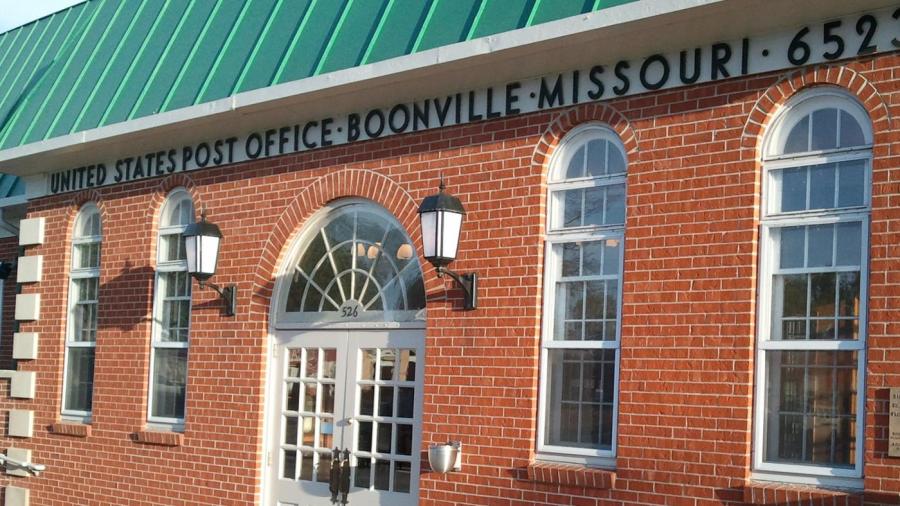How Do You Fill Out a Postal Order?

To fill out a postal money order, write the name of the intended recipient and the name and address of the person sending the money order in the appropriate fields on the form. The sender may also have to sign his or her name if there is a signature line. Some postal money orders, such as those purchased from the U.S. Postal Service, also have additional fields, including an address line for the recipient and a memo, “C.O.D. Number,” or “Re” line, to provide additional information about the money order or recipient. A pen is required to fill out a postal money order.
-
Fill out the “pay to” line
Write the full name of the person you are sending the postal money order to on the “pay to” line of the postal money order. Depending on where you purchase the postal order from, this line might say “payee,” or “pay to the order of.”
-
Fill out the purchaser line
Write your full name down on the “purchaser” line. On some postal money orders, this line might also say “from,” “remitter” or “sender.”
-
Fill out the address line with your address
Write your address down where it says, “purchaser’s address.” Do not write the address of the intended recipient unless the postal money order has another address line for this specific purpose.
-
Sign the postal money order
Write your signature on the front of the post money order where it says “signature,” “purchaser, signer for drawer,” or “purchaser’s signature.” Not all money orders require the sender’s signature, however. In that case, there will be no signature line on the front. Do not sign the back of the postal money order, as this is where the recipient is supposed to sign.





